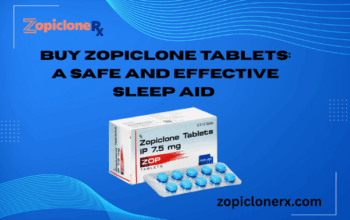A good night’s rest can feel like a distant dream for those struggling with sleep issues. But achieving better sleep starts with understanding your sleep patterns. This is where Electronic Medical Records (EMR) systems, integrated with sleep tracking data, become a powerful tool for sleep specialists in the Philippines.
EMRs with Sleep Tracking Integration
Traditional EMRs primarily focus on medical history, medications, and diagnoses. However, sleep disorders require a deeper understanding of a patient’s sleep habits. Integrating sleep tracking data into EMR provides sleep specialists with a wealth of information, allowing them to create a more comprehensive picture of your sleep health.
Here’s how sleep-tracking data empowers sleep specialists:
Detailed Sleep Analysis
Wearable sleep trackers can monitor sleep stages, sleep duration, sleep efficiency (percentage of time spent asleep in bed), and wakefulness after sleep onset. This data, integrated into the EMR, allows sleep specialists to pinpoint potential problems like sleep apnea, insomnia, or restless leg syndrome.
Longitudinal Trends
Tracking sleep patterns over time reveals trends that might be missed in a single night’s sleep study. This long-term view can help identify how external factors like stress, medication adjustments, or lifestyle changes impact your sleep quality.
Personalized Treatment Plans
With a deeper understanding of your sleep disturbances, sleep specialists can develop a more personalized treatment plan. This may include recommendations for sleep hygiene improvements, cognitive behavioral therapy for insomnia, or even targeted medications.
The Future of Sleep Medicine in Collaborative Care
The integration of sleep tracking data into EMRs paves the way for a more collaborative approach to sleep healthcare in the Philippines. Sleep specialists can leverage technology to remotely monitor patients’ sleep patterns, allowing for:
- Early Intervention: By identifying potential problems early, sleep specialists can intervene before sleep disturbances become chronic.
- Improved Patient Engagement: Remote monitoring empowers patients to actively participate in their sleep treatment plan. They can track their own sleep data and share it with their sleep specialist for ongoing feedback and adjustments.
- Enhanced Access to Care: Telemedicine consultations, facilitated by EMR Philippines systems, can make sleep care more accessible, particularly in regions of the Philippines with limited access to sleep specialists.
To learn more about how harnessing the power of technology can help provide a more comprehensive and patient-centered approach to sleep care, check out SeriousMD.




